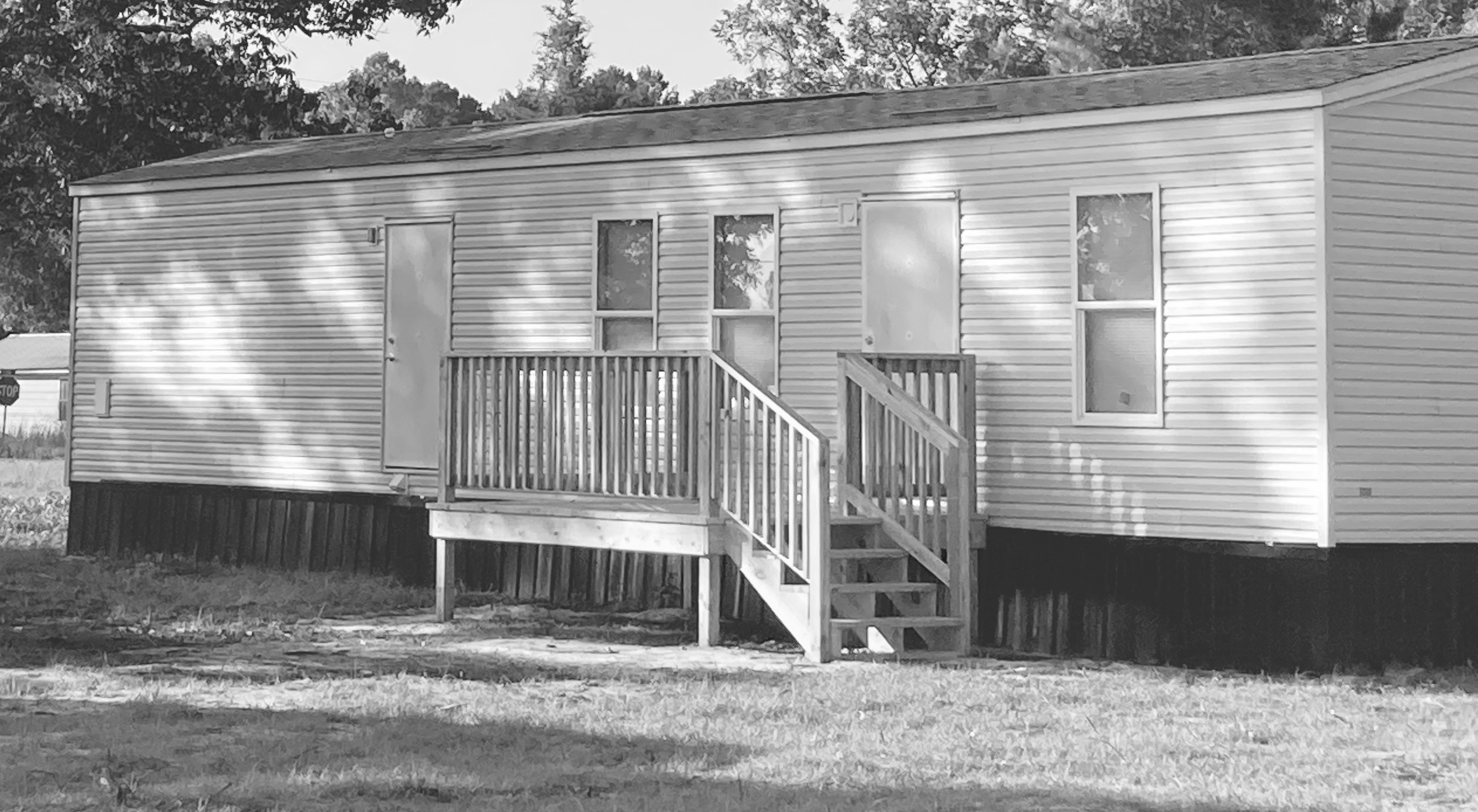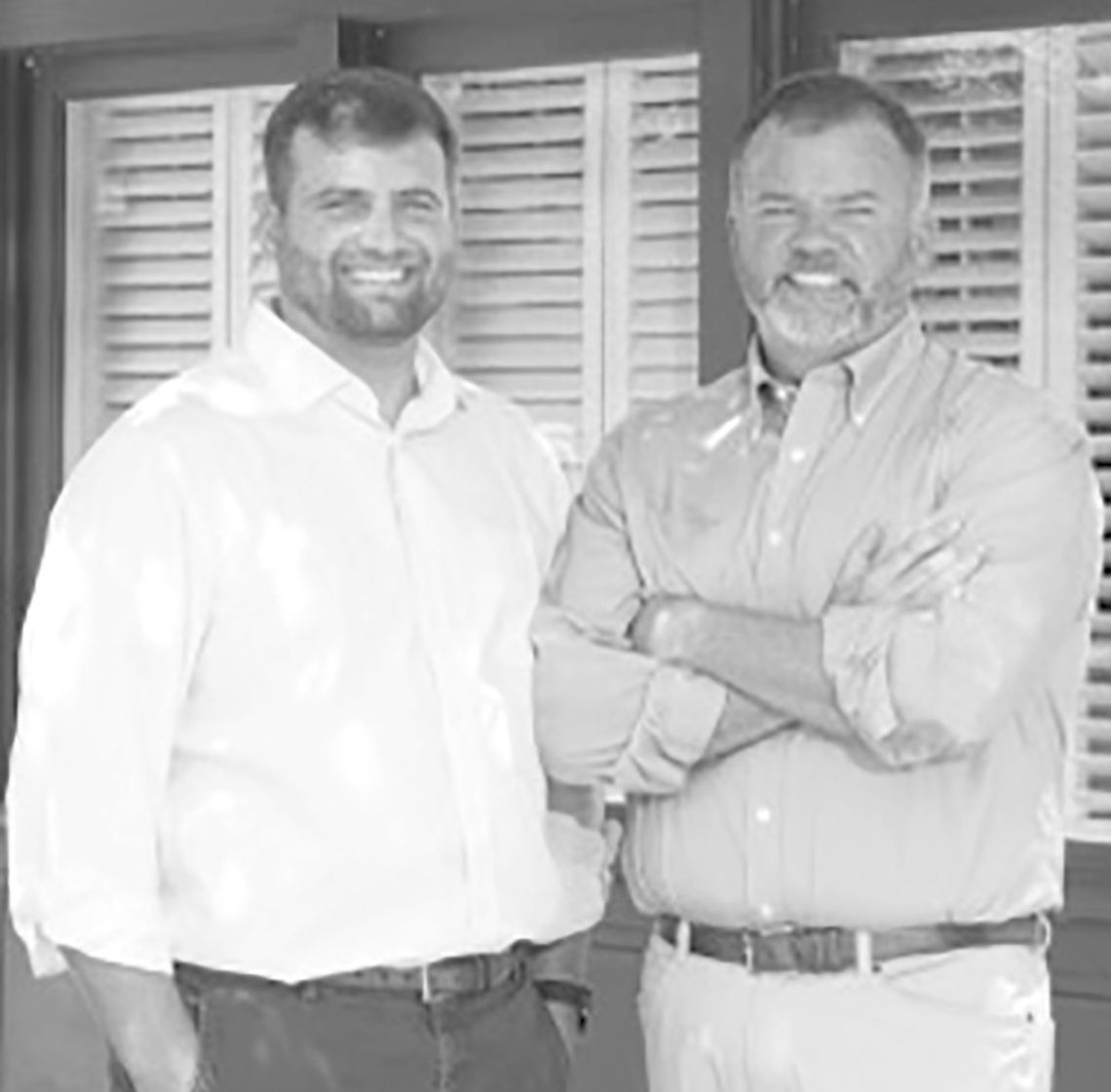Real Estate Developers Clay Thomas and Michael D’Ambrosio are creating an affordable housing micro neighborhood in Emerson Park.
Thomas took to Facebook Tuesday, September 10 to address comments and concerns circulating via social media about the project The comments range from far fetched and bigoted, to appreciation for their efforts.
D’Ambrosio theorizes the reason for the attention is due to the speed at which the project has moved.
“We bought this property and a couple of days later we were demoing the house,” says D’Ambrosio. “Two weeks later, we’ve got 12 trailers sitting here. We didn’t buy this to hold on to and do this project over 10 years. We planned it, we moved quick — the trailers were bought before the land was secured. Everything was in place.”
The 12 trailers sit on individual home sites. Each furnished twobedroom, one-bath trailer will have a private 10-12 foot driveway culminating in a two-car parking pad right of the front door. To the left will be landscaping. The front window will have black shutters, matching the black skirting. Each home will have culvert drainage and a moderately-sized back deck.
Much has been made of the structures being FEMA (Federal Emergency Management Agency) trailers.
“They were built for FEMA and never used,” says D’Ambrosio.
FEMA trailers got a bad reputation following hurricane Katrina, which made landfall in Louisiana August 29, 2005.
News reports of health issues relating to what became known as Katrinatrailers having high levels of formaldehyde began to surface in July, 2006.
A federal report identified toxic levels of formaldehyde in 42 percent of the emergency trailers examined which in turn was attributed to poor construction and substandard building materials.
Two class-action lawsuits were settled by 2012 between residents of Louisiana, Mississippi, Alabama and Texas who became ill from being housed in FEMA trailers and mobile home manufacturers who built the trailers and contractors installed and maintained them.
All engineered wood, whether it is being used in mobile or conventional homes, RV’s, or commercial building contains chemicals such as formaldehyde. Engineered woods include plywood, lauan, chip board, particle board and flooring.
Following Katrina, the United States Environmental Protection Agency (EPA) Toxic Substances Control Act Title VI Formaldehyde Standards for Composite Wood Products Act, “establishes limits for formaldehyde emissions from composite wood products: hardwood plywood, medium-density fiberboard, and particleboard.”
“My understanding is, because of FEMA’s bad rap, I think FEMA started doing better with their specifications,” says Thomas.
A driving force behind the selection of the FEMA trailers was the safety features.
“A lot of the attractiveness is they are built to different wind thresholds and have double pane windows,” says D’Ambrosio. “Wind zone three, to my knowledge, is the most stringent you can build a mobile home. It’s meant for Florida and all up and down the coast.”
“We don’t get hurricanes, but we can get hurricane- related wind,” adds Thomas. “It’s got thicker walls, better insulation.”
“The number one safety hazard amongst these kinds of structures is fire,” Thomas said in his Facebook video. “We got these because built into the side wall of the structure is a tank or a bladder. They have an internal fire resistant system, a sprinkler system ... and we think that’s going to save lives.”
The trailers in Emerson Park include 10 2018 Scotbilt units, and two 2022 Champion by Scotbilt units which were manufactured in Waycross and purchased from an independent dealer in Alma.
All of the work is being done by local contractors, bringing employment to between 50-60 workers.
The trailers will begin as rental property.
“As far as price point goes, we truly do not know, because we are so far away from completion,” said Thomas. “We let the market determine what that is.”
When asked why he was creating this micro neighborhood, Thomas replied it is he and D’Ambrosio’s desire to help provide affordable housing.
“Affordable is fair and it is vital for industrial recruitment,” said Thomas.
“There’s a lot of misconception on we’re coming in here and we’ve got nothing to do with the community. We’re just dumping a bunch of trailers and leaving,” said D’Ambrosio. “We’ve been in this community for years.”
“We have several properties in the area,” Thomas said. “We’ve never asked for a variance. We’ve always used the current land use plan which has been in place for decades.”

One of the trailers located at Emerson Park’s micro neighborhood has black skirting already in place and a newly added back deck. Photo By EJ POND








